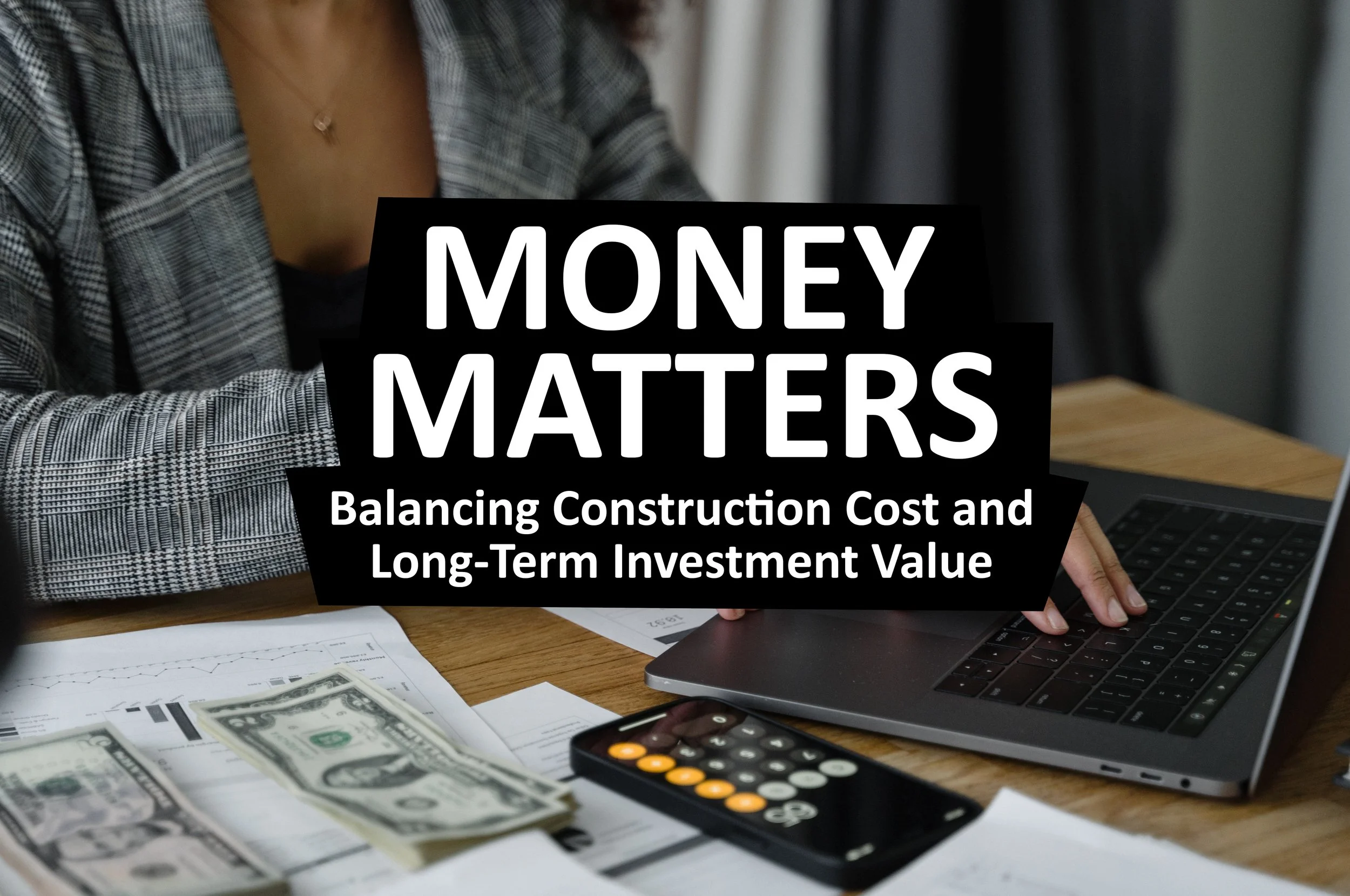Balancing Construction Cost and Long-Term Investment Value: Unraveling the Dynamics of Budget Constraints and Creative Design
Balancing Construction Cost and Long-Term Investment Value: Unraveling the Dynamics of Budget Constraints and Creative Design
The intersection of construction cost and long-term investment value lies at the heart of every architectural endeavor. Aspiring homeowners often grapple with the tension between limited budgets and the desire to create a dwelling that stands the test of time. This essay delves into the intricate relationship between construction cost and investment value, exploring how budget limitations can spark innovation and foster creative design solutions. By understanding where to strategically allocate resources, homeowners can strike a harmonious equilibrium between immediate financial constraints and enduring value.
The Dance of Budget Constraints and Creativity: Budget constraints, while seemingly restrictive, often serve as catalysts for innovation. The scarcity of financial resources compels architects and designers to think outside the box, embracing unconventional materials, sustainable practices, and ingenious spatial configurations. Richard Rogers, the renowned architect, aptly captures this sentiment: "The constraints of reduced budgets can often inspire the most creative architecture" (Rogers, 1995). The confluence of budget limitations and creative ingenuity births structures that resonate with uniqueness and reflect the resourcefulness of human innovation.
Prioritizing Spending for Maximum Impact: When faced with limited budgets, the key lies in strategic spending. In the realm of home construction, certain areas warrant greater financial investment to ensure long-term value and livability. The axiom "invest where it counts" rings true here. Vital areas include the foundation, structural integrity, insulation, and energy-efficient systems. These form the backbone of the home's longevity and contribute significantly to its long-term investment value. As architect Frank Lloyd Wright famously stated, "The architect should strive continually to simplify; the ensemble of the rooms should then be carefully considered that comfort and utility may go hand in hand with beauty" (Wright, 1932). Prioritizing these critical elements ensures a solid foundation for the home's future.
Innovative Materials and Sustainable Practices: Budgetary constraints often drive architects to explore innovative materials that deliver both aesthetic appeal and functional value. Materials like recycled steel, reclaimed wood, and eco-friendly composites are embraced not only for their cost-effectiveness but also for their sustainable qualities. This echoes the philosophy of architect Zaha Hadid, who believed that "architecture should be a space that creates well-being for people" (Hadid, 2013). Sustainable materials not only contribute to the environment but also offer long-term benefits, reducing maintenance costs and enhancing the home's investment value over time.
Spatial Efficiency and Versatility: Limited budgets prompt designers to maximize spatial efficiency, enhancing the utility of every square foot. The concept of versatile spaces gains prominence, where rooms serve multiple functions to optimize space utilization. In the words of architect Mies van der Rohe, "Less is more" (Mies, 1947). By prioritizing functional versatility, homeowners can experience a greater return on their investment as spaces adapt to changing needs and lifestyles.
Future-Proofing Through Design: While budget constraints may curtail certain design ambitions, they also encourage prudent decisions that consider the home's long-term adaptability. Anticipating future needs through flexible floor plans and scalable designs ensures that the home remains relevant and valuable over time. The architect Bjarke Ingels underscores this approach: "Good buildings come from good people, and all problems are solved by good design" (Ingels, 2016). A well-designed home accounts for evolving circumstances, ensuring its lasting appeal and investment value.
The delicate balance between construction cost and long-term investment value exemplifies the art of wise decision-making in architecture and home construction. Budget constraints act as a catalyst for creativity, pushing architects and designers to innovate, optimize, and think sustainably. Strategic spending in critical areas, innovative materials, spatial efficiency, and future-proof design contribute to a harmonious equilibrium between immediate financial limitations and enduring investment value. By embracing the challenge of budget constraints, homeowners can craft homes that not only fulfill their immediate needs but also stand as testaments to human ingenuity, sustainability, and the artistry of design.


